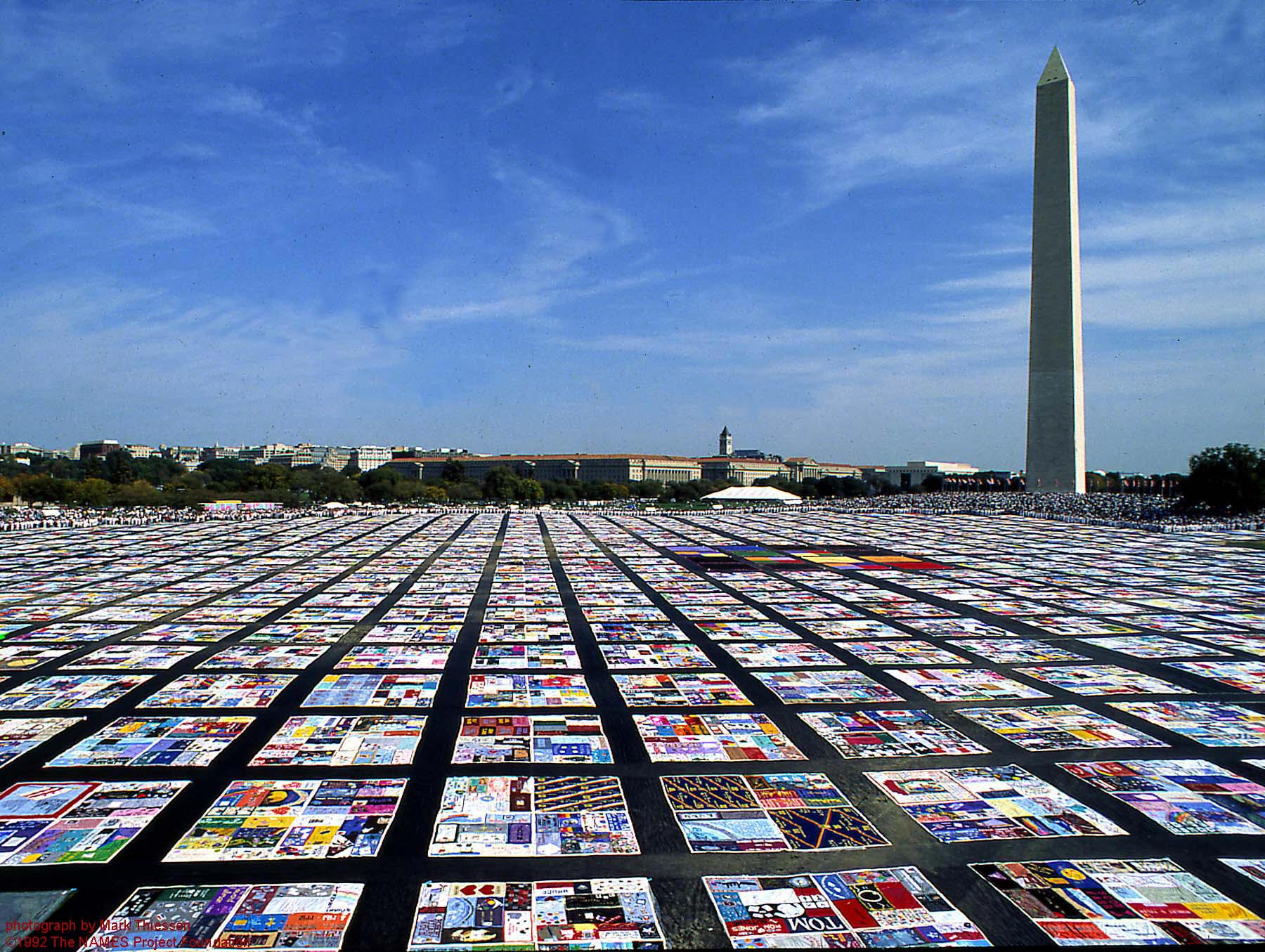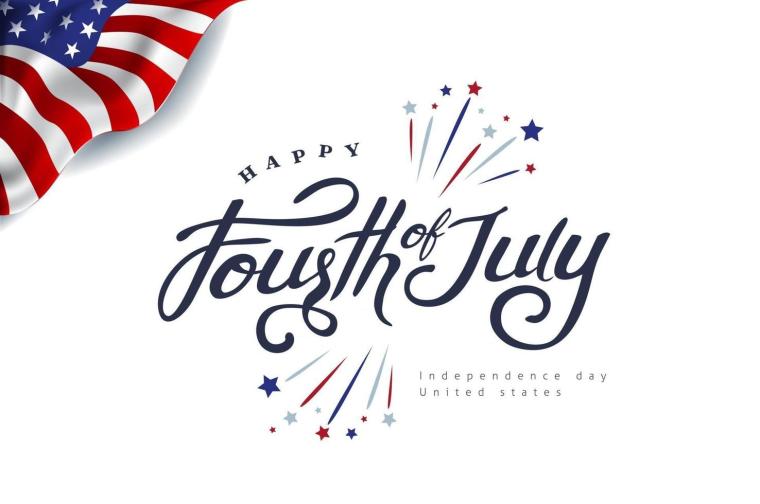John Corigliano (16 febbraio 1938):
I. Of Rage and Remembrance, ciaccona (composta sulla base del III movimento della Sinfonia n. 1) per voci e orchestra su testo di William M. Hoffman (1991).
Dead leaves on a garden wall,
Dried berries in bone-cold air,
A brittle moon,
An ashen sun.
Bear it,
Bear it, you tell me.
This is the season of stone.
Was there a time before the sorrow –
Days of double darkness,
Nights of blinding light?
Is there life outside the terror –
Waking from an airless dream
To the silence of an empty room?
This is the season of stone,
You tell me,
When dead leaves lace the garden wall,
And berries dry in the bone-cold air.
And the brittle moon rules
The ashen sun.
Bear it,
Bear it, you tell me.
This is the season of stone.
But remember the crack of the ice-locked lake,
And the fog on the hyacinth roads.
Remember the breeze through the fields at dawn,
Cascading the trees and our youth-dark hair.
I remember, I remember.
Remember.
Giulio Sorrentino, cellist,
You were the radiance of my youth.
Freddy. Fortunato Arico,
Giulio’s teacher,
goodbye.
Paul Jacobs, brilliant pianist and dry wit,
Farewell.
J. J. Mitchell, muse of poets and painters,
60
Adieu.
Jacques Chwat, a cabalist and agnostic,
You walked among the living,
Guided by the dead.
Maya zhizn, maya maledost,
Prashchai, prashchai.1
Mark Pearson and Jim Moses: friends, lovers, died in ’88.
Shalom.
Robert Jacobson:
A tall, kind man with a dazzling smile
Opera was his passion.
Adios.
Nikos Kafkalis: I’ll never forget you!
Goodbye. Farewell.
Anthony Holland: man of the theatre,
Oh, Tony, I miss you so!
Lebewohl.
Farewell.
Adios.
Goodbye.
This is the season of stone.
Bear it, bear it, you tell me:
But remember the crack of the ice-locked lake,
And the fog on the hyacinth roads.
Remember the breeze through the fields at dawn,
Cascading the trees and our youth-dark hair.
I remember the scent of mint and thyme,
I remember the heat,
I remember the wine.
I remember the joy.
Remember.
Though I live to be a thousand years,
I’ll never forget you.
Gahm kee-aylaykh b’gay tzahlmohvess
Loh-eeraw raw kee-ahtaw eemodee
II. Sinfonia n. 1 (1988-89):
1. Apologue: Of Rage and Remembrance (Ferocious) [13:07]
2. Tarantella [26:46]
3. Chaconne: Giulio’s Song (Adagio) [35:00] – attacca:
4. Epilogue (Adagio) [48:50]
Michelle DeYoung, mezzosoprano; Michael Accinno, voce bianca; Robert P. Baker e Michael Forest, tenori; Jason Stearns e James Shaffran, baritoni; National Symphony Orchestra, dir. Leonard Slatkin.
Ispirata, in parte, dal NAMES Project AIDS Memorial Quilt, la Sinfonia è dedicata alla memoria di amici del compositore morti di AIDS. Alcune annotazioni di John Corigliano e la partitura completa si trovano qui.

L’AIDS Memorial Quilt

